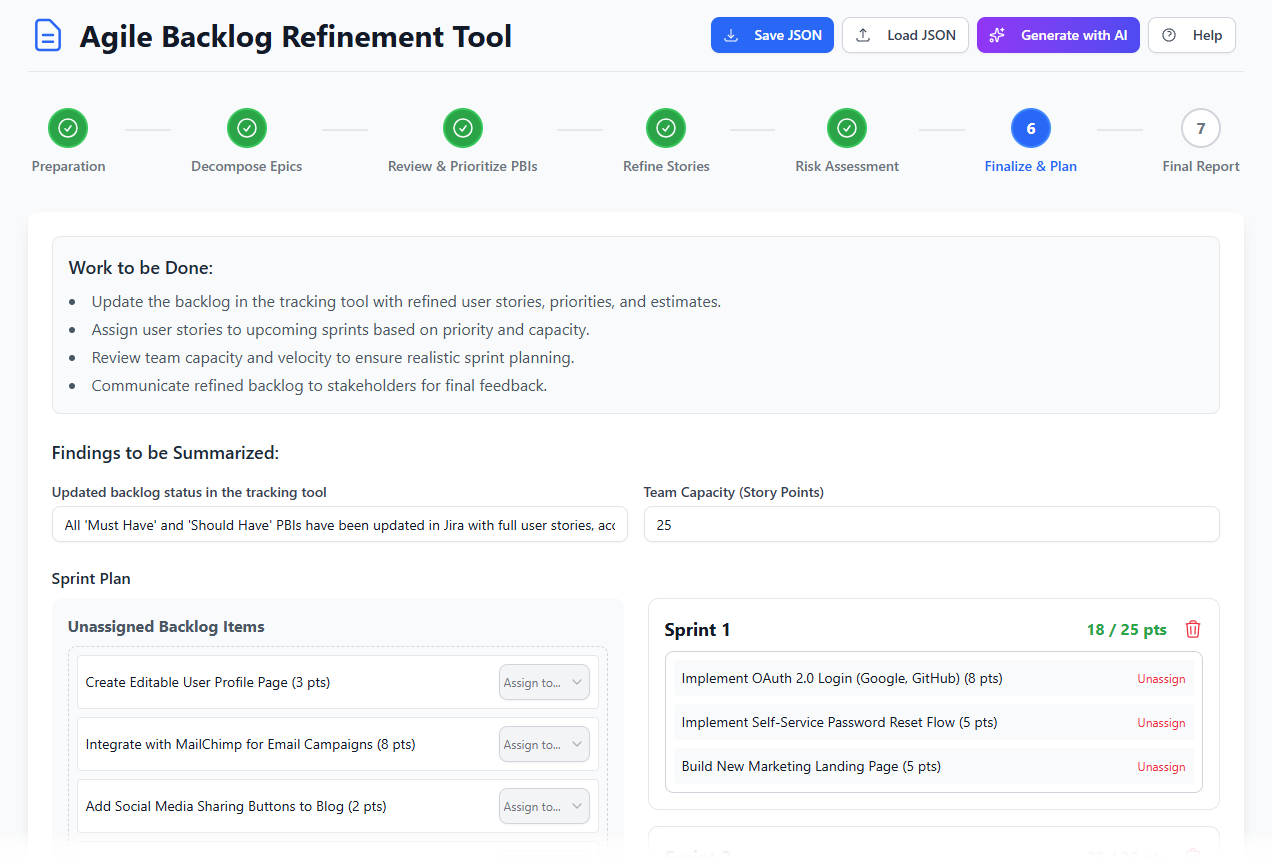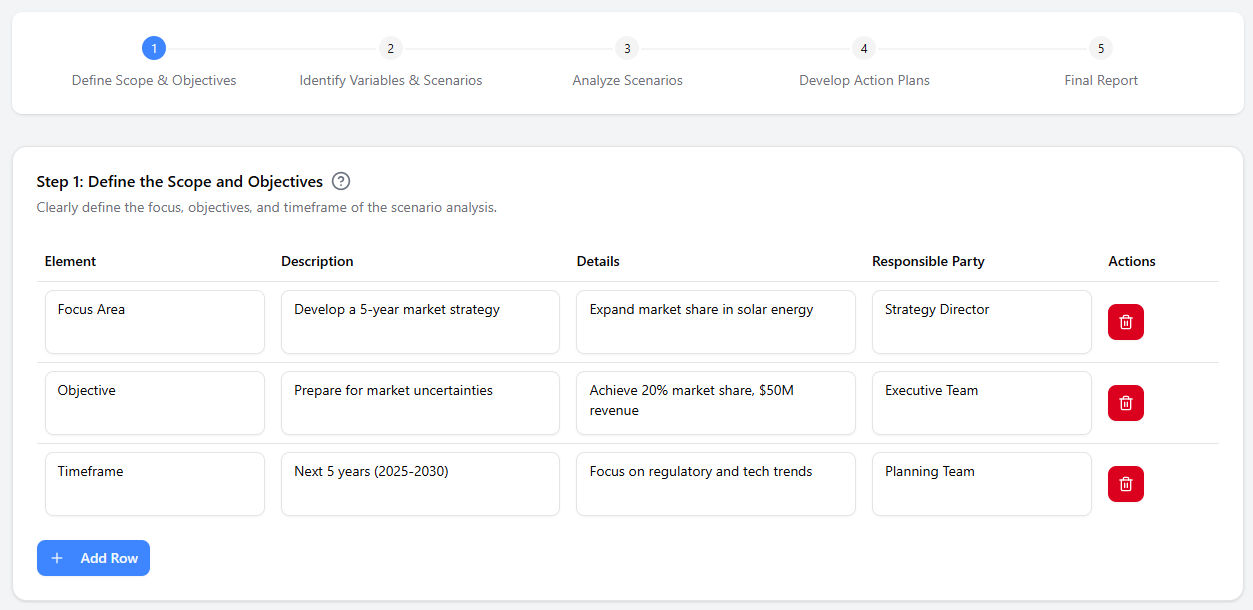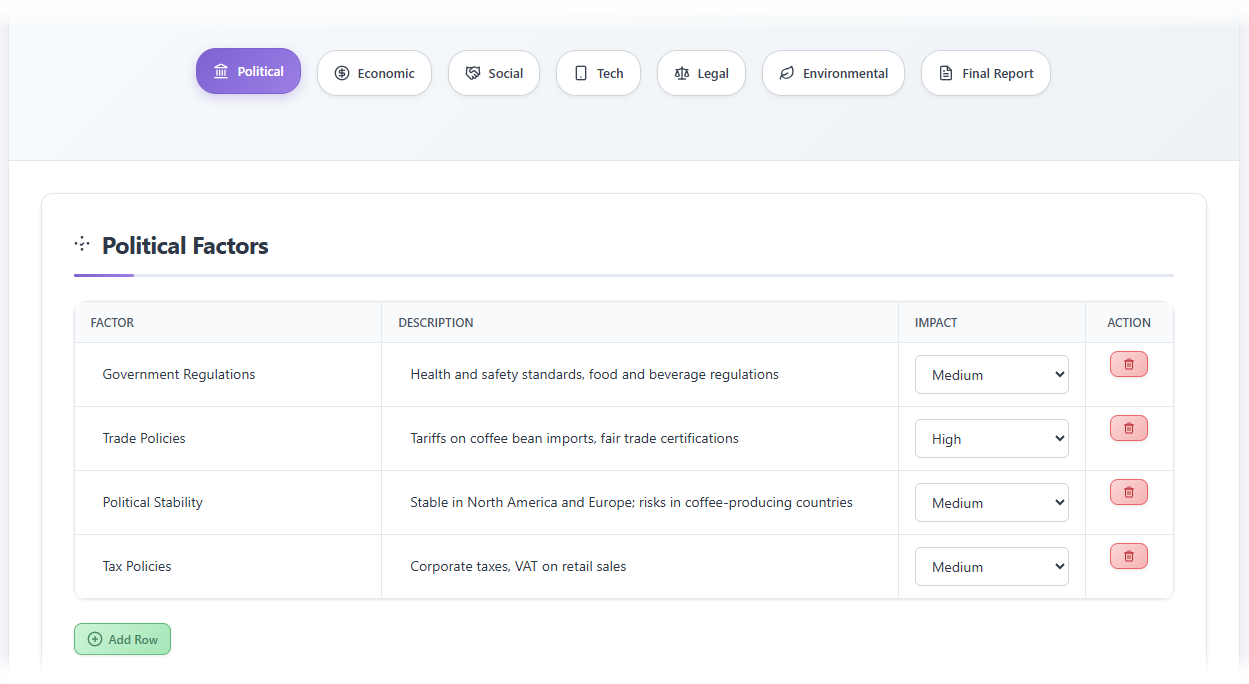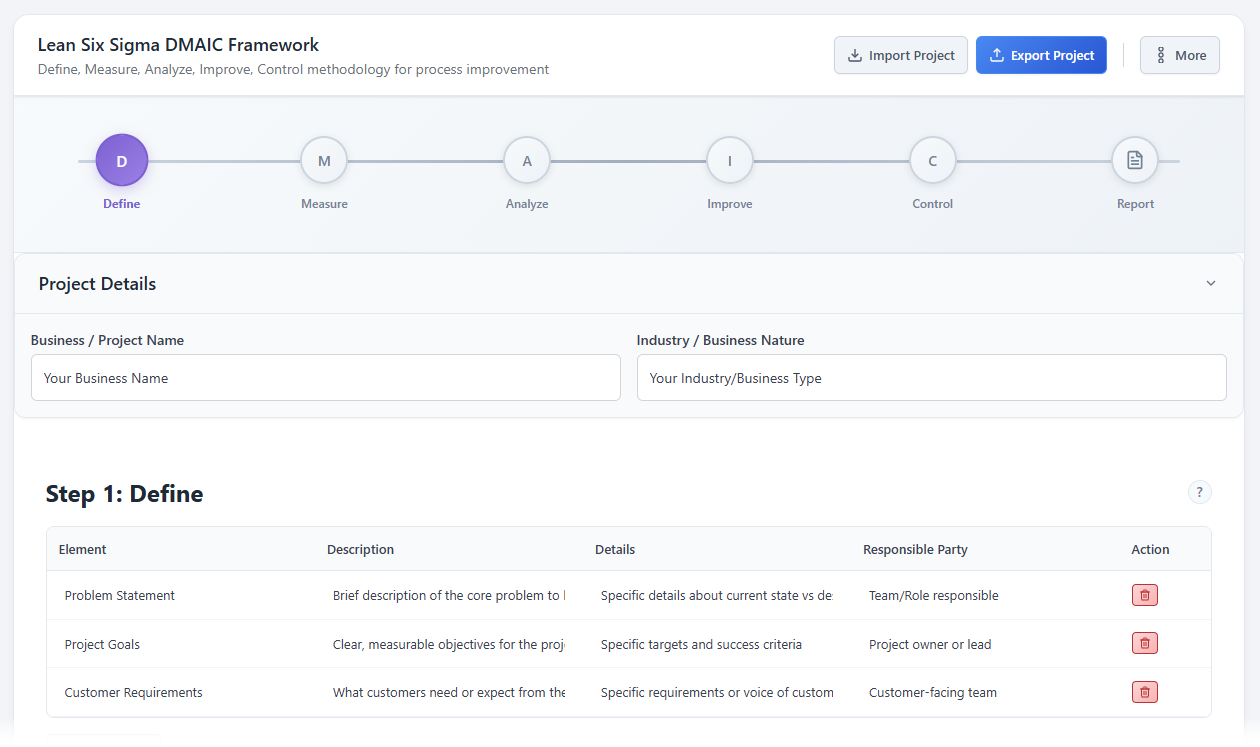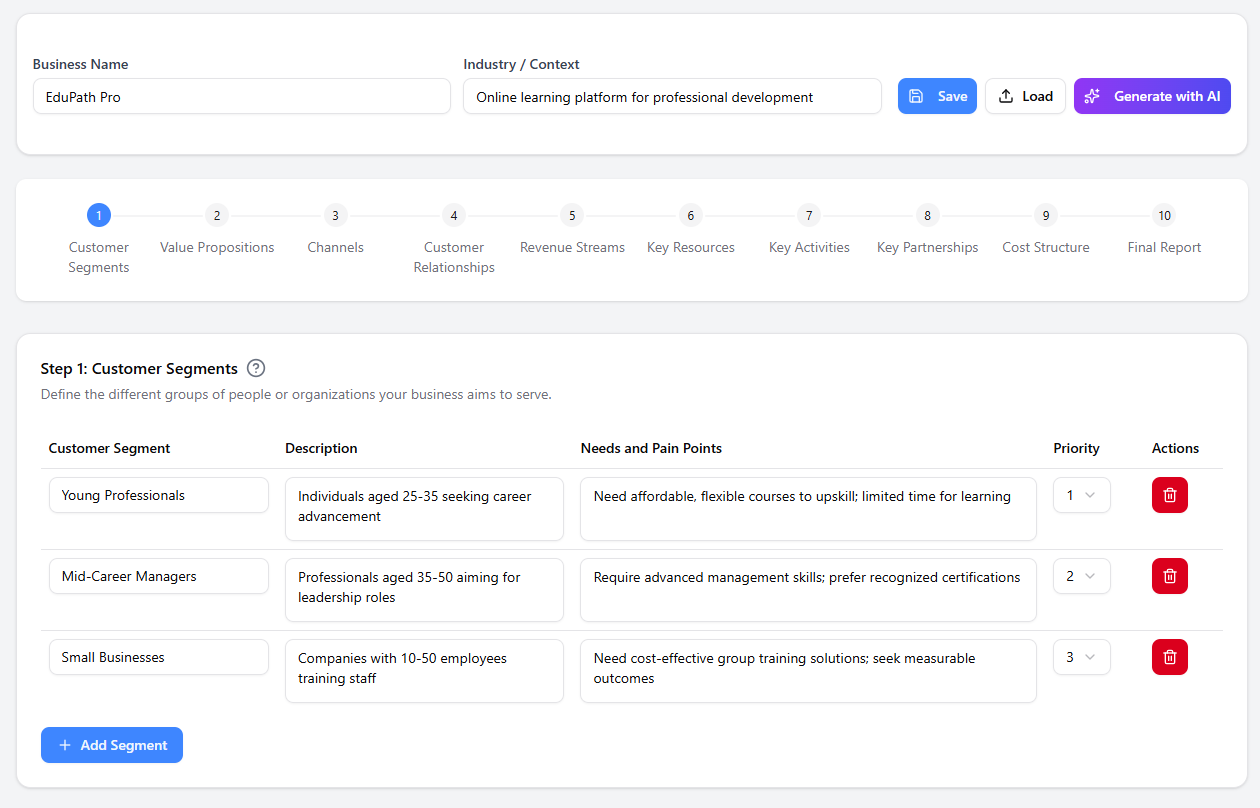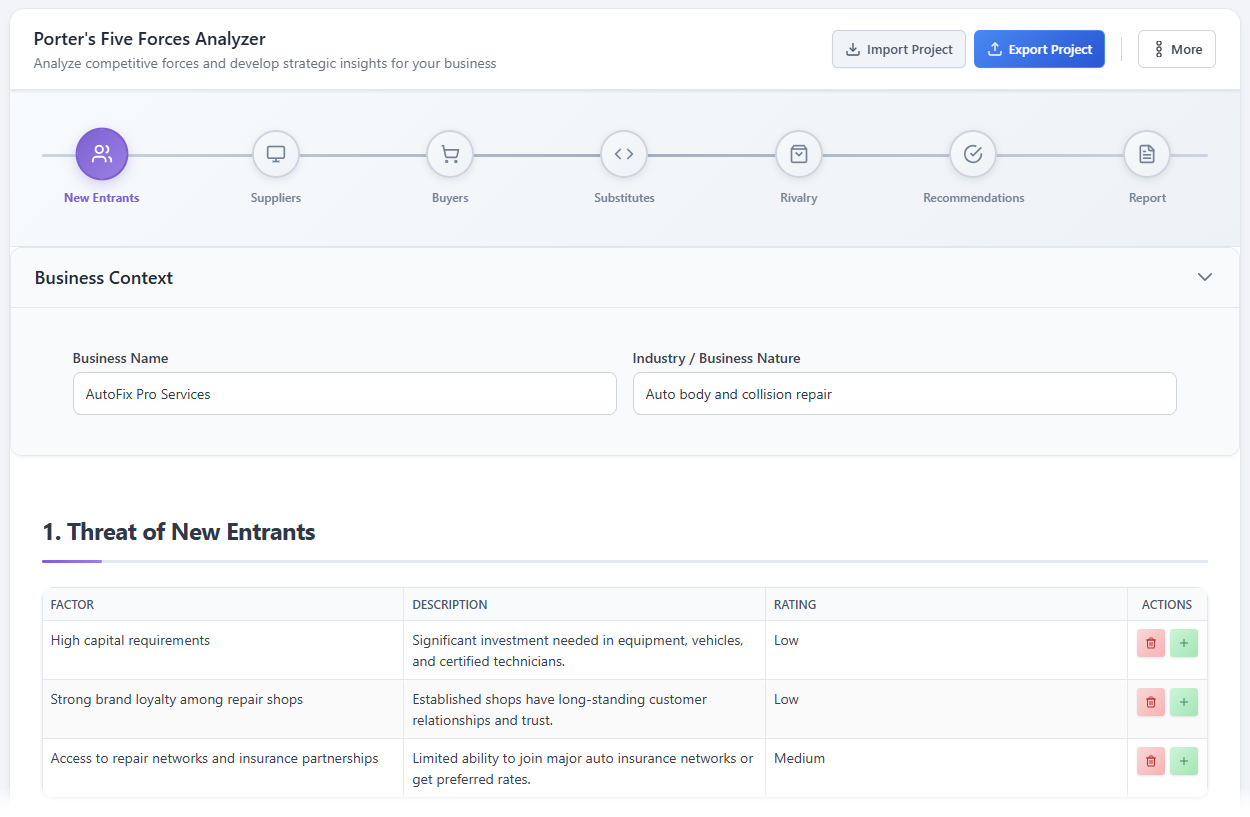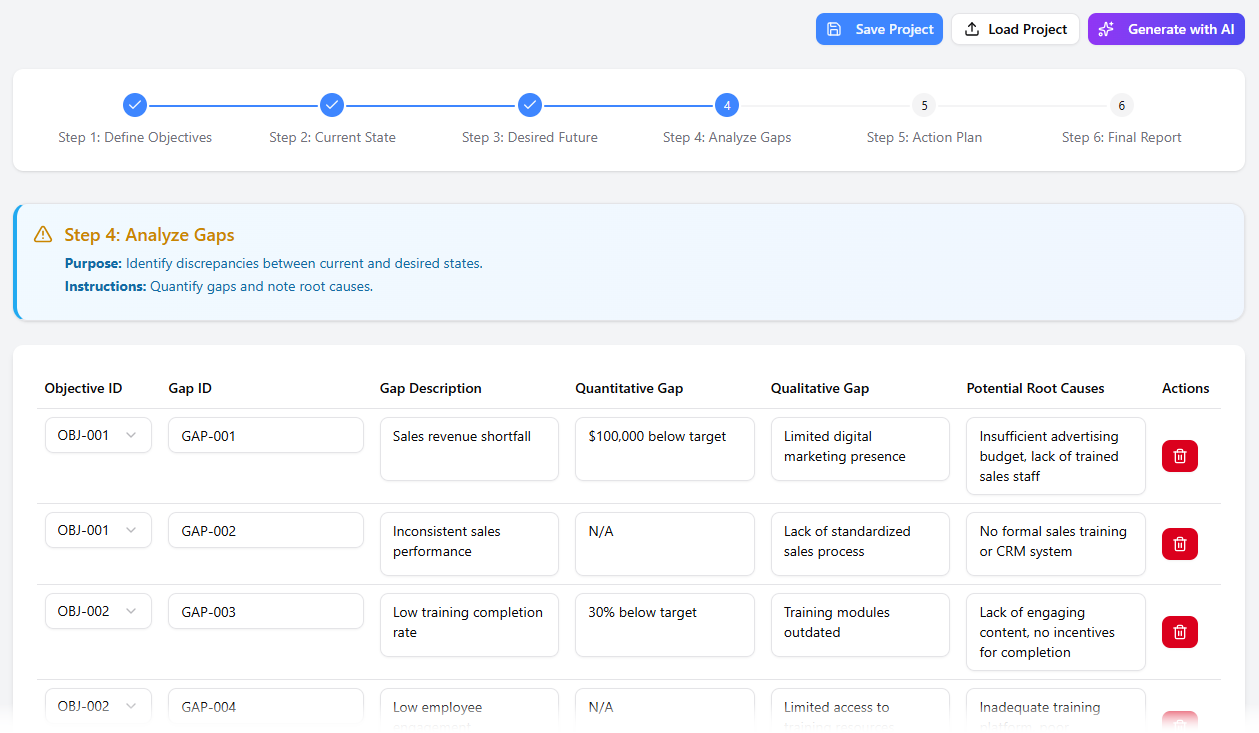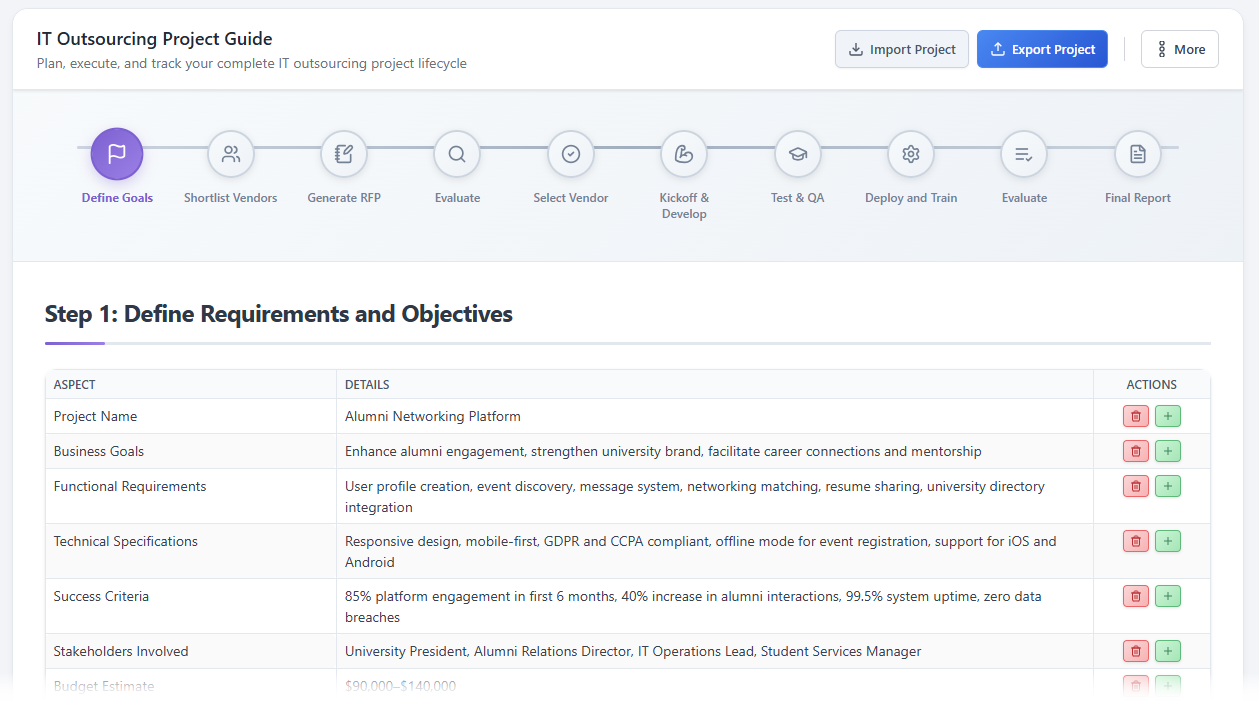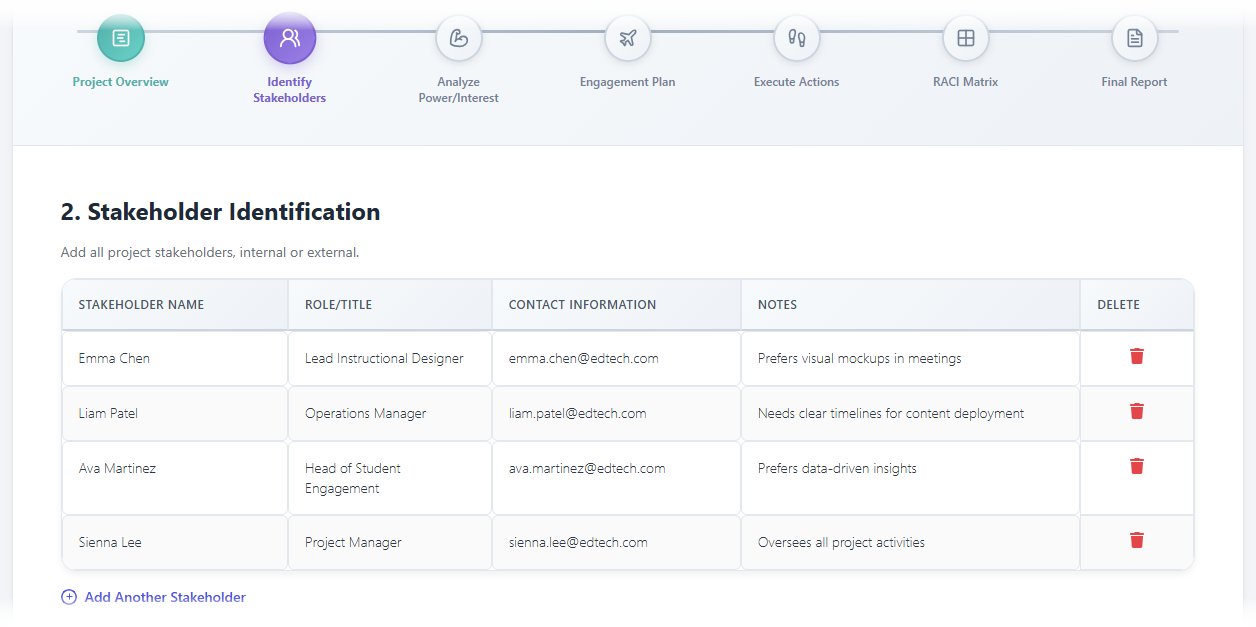Master Your Product Backlog with Visual Paradigm’s AI Refinement Tool
Ever walked out of an agile planning meeting feeling more confused than when you walked in? We've all been there. Juggling vague ideas, struggling with priorities, and trying to remember every crucial detail can turn product backlog refinement into a tangled mess. But what if you could turn that chaos into a clear, actionable plan, every single time? With Visual Paradigm's new Agile Backlog Refinement Tool, powered by intelligent guidance, you can. We built this tool because we understand the frustrations of unstructured planning. It’s designed to transform messy brainstorms into crystal-clear action…continue reading →

